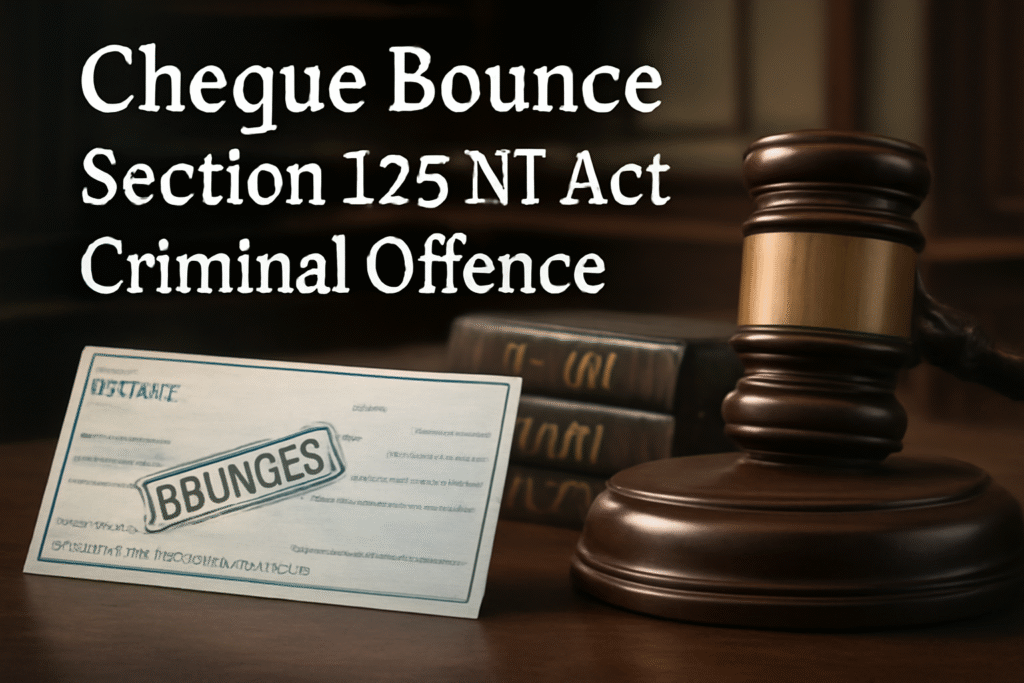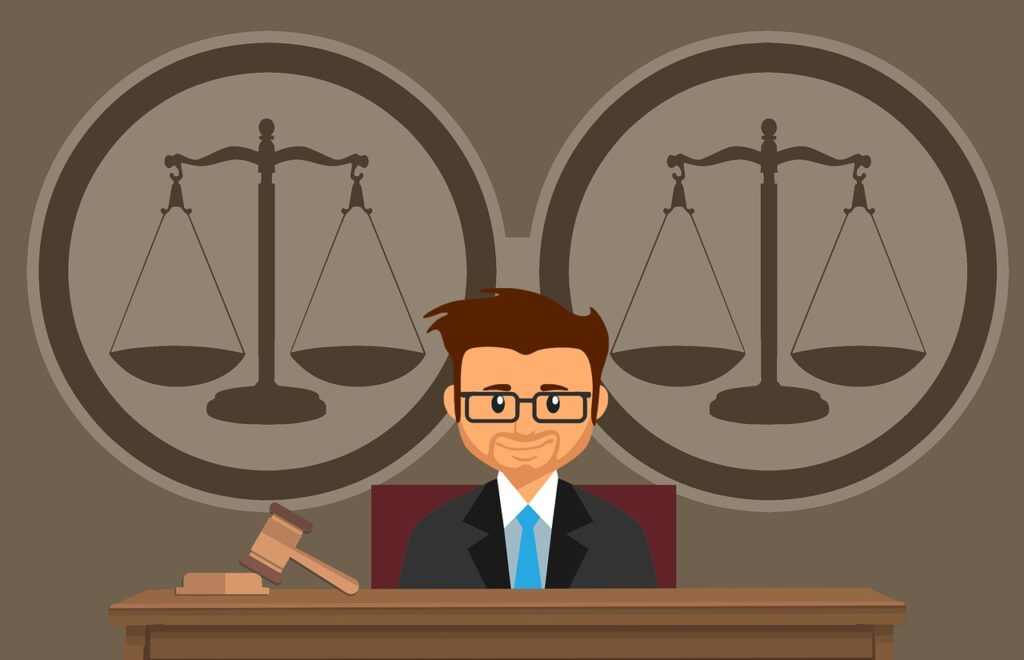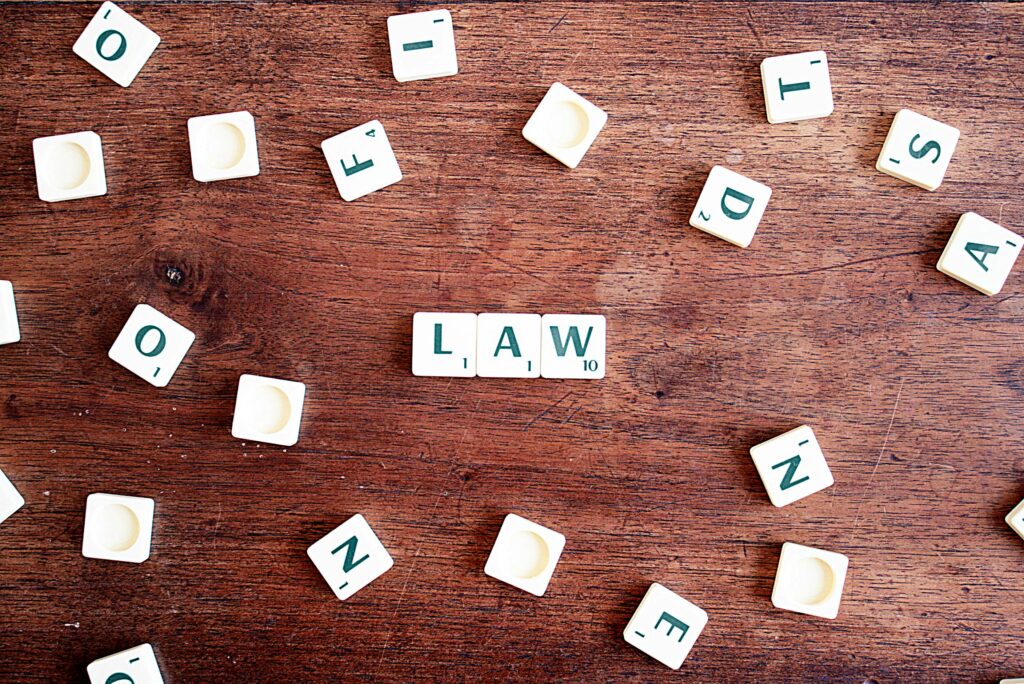Published On: November 17th 2025
Authored By: Bhargavi
St.Joseph’s College of Law
CASE CITATION: 1990 AIR 273; 1989 SCC (2) 540; 1989 SCALE (1)932
COURT: SUPREME COURT OF INDIA
BENCH: Pathak, R.S. (CJ), Pathak, R.S. (CJ), Venkataramiah, E.S. (J), Misra Rangnath, Venkatachalliah, M.N. (J), Ojha, N.D. (J).
DATE OF JUDGMENT: 04.05.1989
FACTS
The Bhopal Gas Tragedy, considered the world’s worst industrial disaster, occurred on the night of 2–3 December 1984 at the Union Carbide India Limited (UCIL) pesticide plant in Bhopal, Madhya Pradesh. UCIL, a subsidiary of the American company Union Carbide Corporation (UCC), had been established in 1969 to produce the pesticide Sevin (Carbaryl), using Methyl Isocyanate (MIC) as an intermediate. The plant suffered from serious safety lapses—its design was unsuitable for handling hazardous chemicals like MIC, multiple tanks were interconnected which increased leak risks, the refrigeration system was shut down to cut costs, and the flare tower was non-functional. Only a single scrubber was available, which was insufficient to neutralize the large quantity of MIC stored, far beyond safe limits. On the night of the disaster, approximately 40 tons of MIC gas leaked into the atmosphere, exposing thousands of residents. People woke up coughing, choking, and with severe eye and lung irritation; hundreds died within hours, while thousands attempted to flee Bhopal. The leak left survivors with chronic respiratory diseases, blindness, cancers, and other long-term ailments, while also causing widespread environmental and economic damage. The Indian government declared Bhopal a disaster zone, initiated relief operations, and provided monetary aid and compensation to victims and their families.
ISSUES
- Whether such compensation is adequate or not the majority bench held that the said compensation is adequate, reasonable and fair and in case any deficiency arises in money for rehabilitation, such money shall be tendered by the Union & State government.
- Whether they are complying with all the safety measures prescribed by the appropriate laws.
- Whether the citizens of the country are assured the protection of a legal system which could be said to be adequate in a comprehensive sense in such contexts arise.
PETITIONER ARGUMENTS
The appellant raised several important issues regarding the jurisdictional and legal concepts used by the Indian courts in the Bhopal gas catastrophe. It was questioned if Indian courts had the authority to grant compensatory damages or interim damages in certain situations, and if using English legislative procedures to incorporate features of temporary damages while disregarding the protections in those statutes was justified. M.C. Mehta v. Union of India is one of the most significant arguments about whether or not the appellant’s reasoning is per incuriam and, as a result, not binding under Article 141 of the Indian Constitution. The theory of strict responsibility established in Rylands v. Fletcher is seen to have been constrained by the M.C. Mehta decision, and the recently proposed theory of absolute liability shouldn’t be applied retroactively. This brings to light a core legal issue surrounding the temporary implementation of novel liability standards. The appellants argued that it was against the Companies Act, 1956, namely Sections 34 and 426, to hold a company’s shareholders accountable for wrongdoing regardless of their number of shares.
They argued that, with regard to Union Carbide Company (UCC), this action violates the statutory restrictions on corporate governance and culpability. The statute allowed for the installation of a corporate umbrella. The appellants contended that the application of the notion of exposing the corporate veil in this case was unlawful and against the law, even though it is utilised to hold individuals accountable for corporate activities for fraud or improper behaviour.
The District Judge held that the children were entitled to damages under Section 151 of the Code of Civil Procedure; however, the appellants contested the Superior Court’s order granting interim damages under the special legislation governing the offence. They argued that the scheme relied upon by the court had not been supported by a clear or established legal procedure, even though more than two years had passed since its introduction, and therefore could not be treated as a valid mechanism for awarding such relief. The appellants further pointed out the precarious condition of the claimants, combined with the lack of trustworthy or verifiable information regarding the nature, scope, and authenticity of the claims made before the court. On this basis, they contended that the transfer of authority to award interim damages was not immediately feasible or worthwhile and urged that the matter required closer scrutiny before such relief could be granted.
RESPONDENTS ARGUMENTS
The defendants contended in the proper civil courts, such as the District Court at Bhopal, which had jurisdiction under Section 9 of the Code of Civil Procedure, that Union Carbide Corporation (UCC) was required to provide interim compensation to the gas leak victims in accordance with the “special rule of fault” of the Constitution. As a result, it became evident that in the Bhopal case, a business providing high-risk services, whether it was Union Carbide India Limited (UCIL) or UCC, was responsible for paying damages based on the idea that it bears full responsibility. Following the Bhopal tragedy, the Mehta case established the idea of absolute culpability, and there was no reason why it could not be used in the Bhopal case. It was claimed that UCIL lacked the resources necessary to handle the wider problems brought on by the danger. The court was justified in breaching the corporate veil to ascertain UCC’s responsibility because UCC owned the majority of UCIL.
Respondents asked if it was worthwhile to wait for the Indian Council of Medical Research to finish the epidemiological research before discussing interim compensation. They emphasised the pressing nature of the matter, seeking conclusive details on the ultimate compensation sum and the victims’ ability to survive until a historic forensic investigation is conducted. In response to queries concerning the calibre, standing, and veracity of coverage, respondents admitted that the amount of coverage would unavoidably cause the review and categorisation process to lag. They contend that it is the duty of the Indian government to offer the impacted people prompt aid and rehabilitation. Even though the widespread extortion campaign is still in place, respondents stressed that victims’ survival and well-being depend on receiving timely interim recompense.
JUDGEMENT
On February 14, 1989, the Supreme Court of India directed the Union Carbide Corporation to pay a substantial compensation of US $470 million, to be deposited before March 31, 1989, as emergency relief for the injuries caused by the leakage of methyl isocyanate (MIC) gas from the Union Carbide plant. The Court clarified that its intention was to ensure prompt compensation to the victims without being hindered by the delays that a lengthy adjudication might involve. Subsequently, on May 4, 1989, the Court issued a detailed order setting out the reasoning and legal basis for this decision.
REFERENCES
- Union Carbide Corpn. (2) v. Union of India (1989) 2 SCC 540: 1989- https://www.scconline.com/Members/SearchResult.aspx
- Union Carbide Corporation v Union of India, Civil Appeal Nos 3187 and 3188 of 1988, Supreme Court of India, delivered 4 May 1989, reported as 1990 AIR 273; 1989 SCC (2) 540; 1989 SCALE (1) 932 – https://legalcyfle.in/union-carbide-corporation-vs-union-of-india-etc#_ftn6




